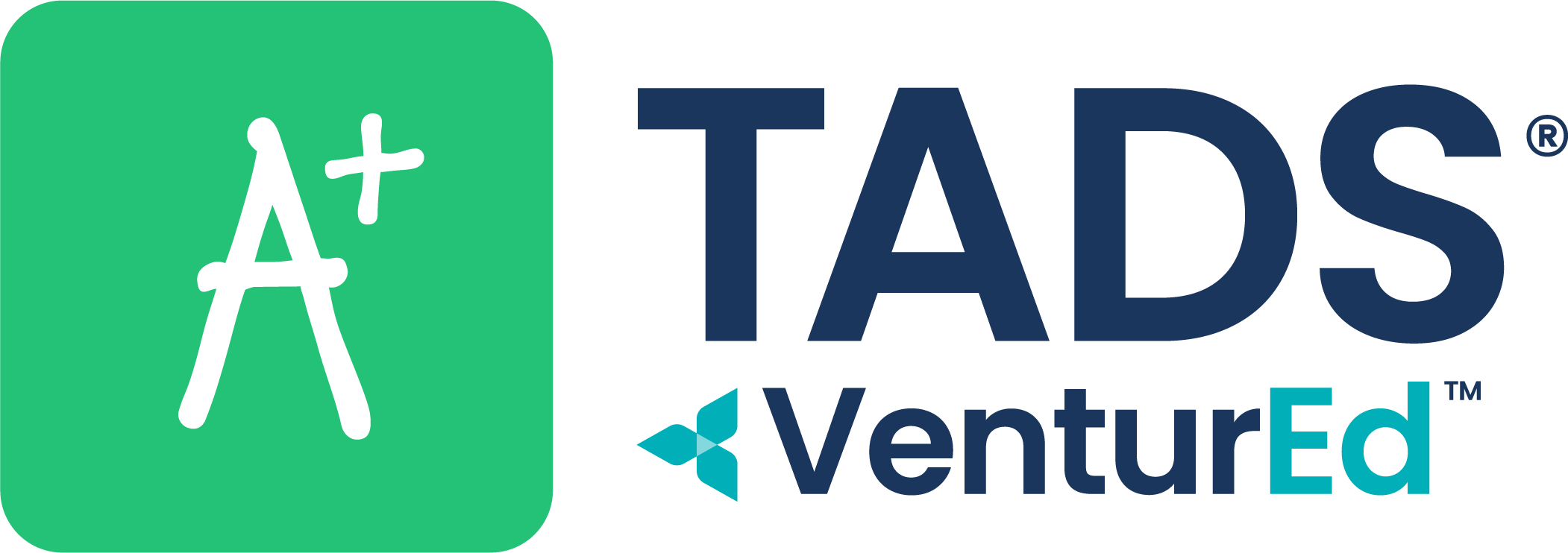The TADS Blog
Industry news and trends to keep you moving forward.
First Year to Final Year: Re-enrollment Strategies that Work
Discover proven re-enrollment strategies from TADS, that keep families engaged from kindergarten through graduation, powered by data and long-term trust.
All the Latest

Retention That Lasts: Re-Enrollment with TADS Educate® SIS
Discover how TADS + Educate SIS help private K–12 schools boost re-enrollment, build trust, and support families through a seamless, connected experience.

Unified Family-School Experience: Key Solution Essentials
Discover how a unified solution can streamline admissions, enrollment, financial aid, and tuition for private K–12 schools—while improving family satisfaction.

Helping Families Overcome Enrollment Doubts
Private K–12 schools can overcome enrollment hesitations by addressing concerns about academics, belonging, and affordability with support and stories.

Flexible Payment Plans: The Hidden Lever for Increasing Enrollment
Discover how flexible tuition payment plans can boost enrollment and financial stability for private K–12 schools by accommodating families’ diverse income schedules.

Catholic School Growth: Insights from NCEA 2025
Explore how Catholic schools are using admissions data to drive strategic growth, fueled by school choice funding and insights from NCEA 2025 in Orlando.

Using Innovative Tuition Models To Attract More Families
Learn how private K–12 schools use flexible tuition models to attract families, address rising costs, and maintain academic excellence.

Managing New Tuition Strategies for 2025
Boost private K12 enrollment focusing on student retention this spring. Get strategies to engage families, streamline re-enrollment, and grow your private school.

Spring Forward: Retain to Gain in Private K–12 Admissions
Boost private K12 enrollment focusing on student retention this spring. Get strategies to engage families, streamline re-enrollment, and grow your private school.

Smarter Enrollment Strategies for Transfer Students
Discover how enrollment officers can streamline transfer student enrollment with smart strategies and tools that simplify the process for families and staff.
